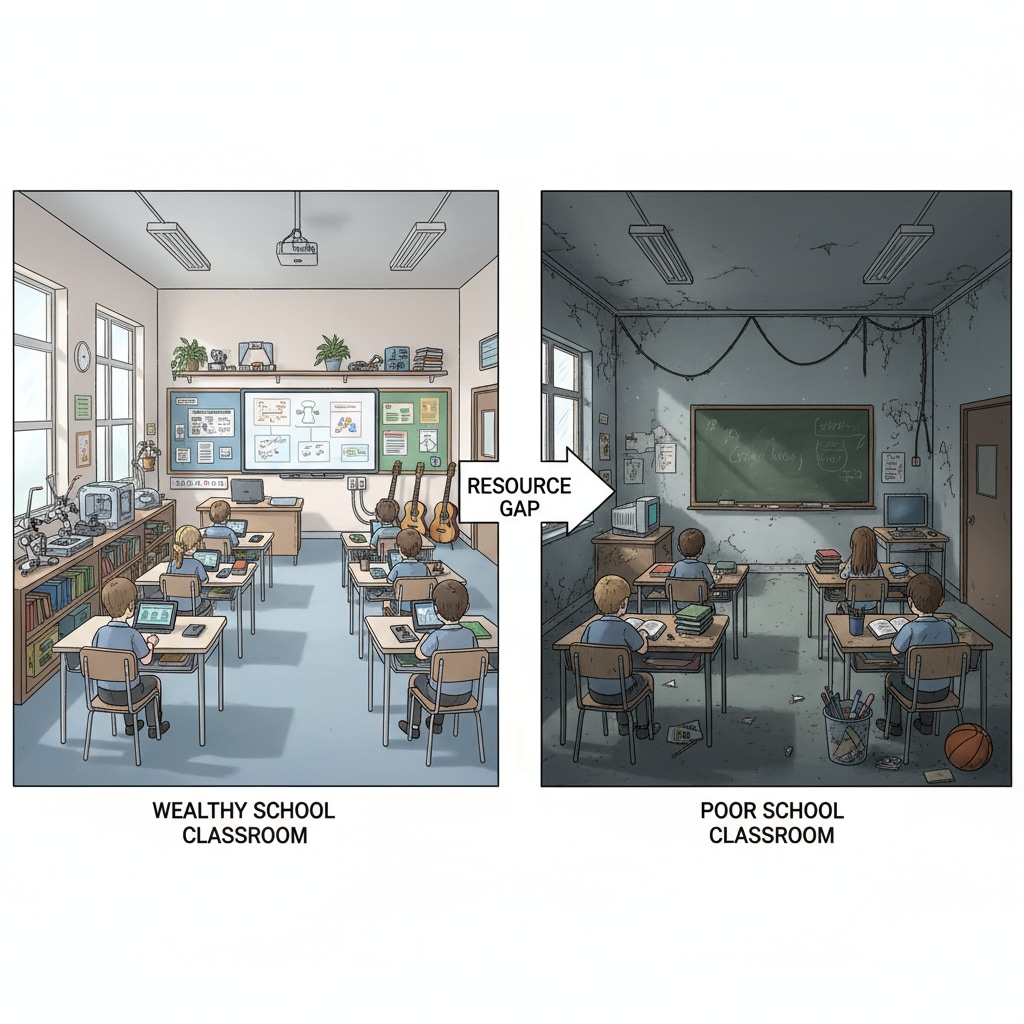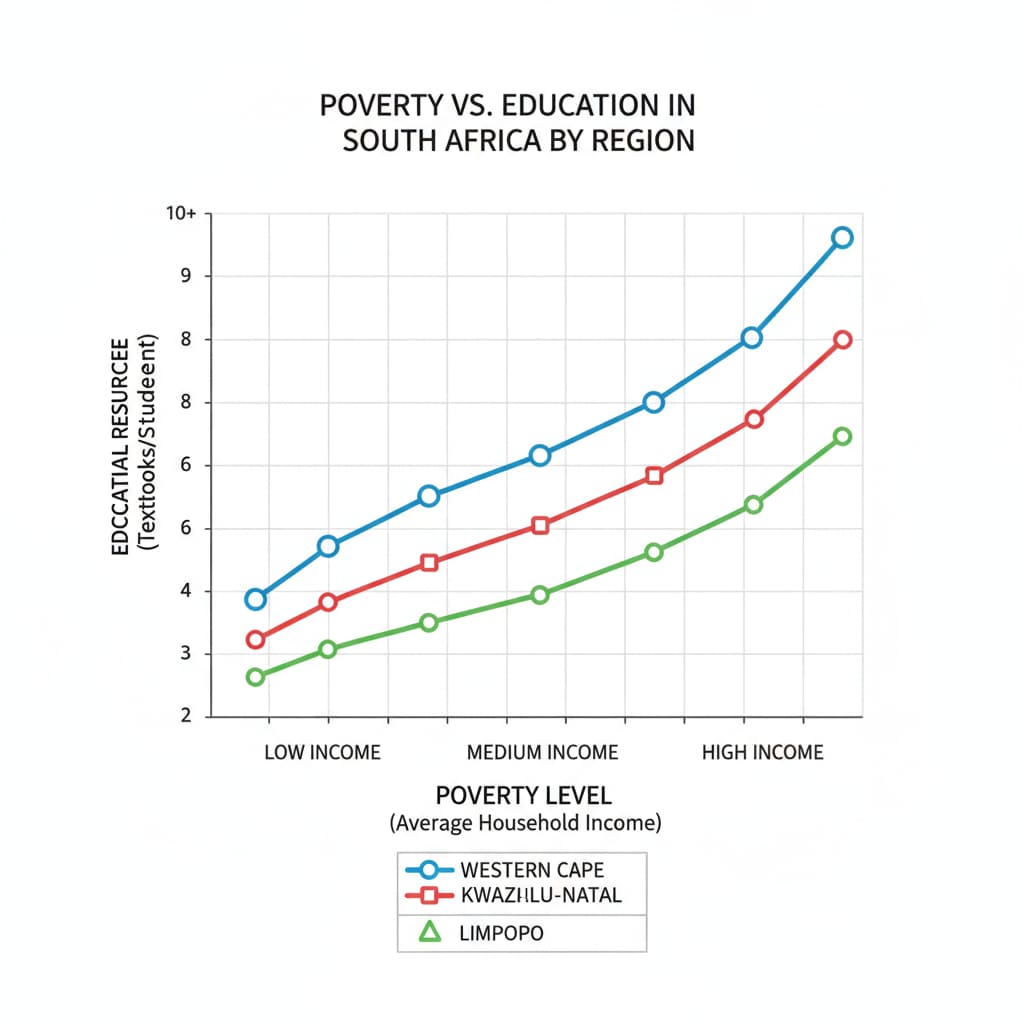Educational inequality, resource gap, and education reform are critical issues plaguing South Africa’s education system. The divide between affluent and disadvantaged schools is a stark reality, hindering the nation’s progress. This article aims to shed light on this problem and propose solutions.
The Manifestations of Educational Inequality
The inequality in South Africa’s education system is multi-faceted. Firstly, there is a significant resource gap. Wealthy schools have access to state-of-the-art facilities, well-stocked libraries, and advanced technology. For example, they may have smart classrooms equipped with the latest educational software. On the contrary, poor schools often lack basic resources such as textbooks, proper classrooms, and even clean water. Education in South Africa on Wikipedia

Secondly, the quality of teaching also varies greatly. High-income areas can attract and retain highly qualified teachers due to better pay and working conditions. In contrast, schools in disadvantaged areas struggle to recruit and keep good teachers, leading to a lower quality of education. This disparity in educational quality directly impacts students’ opportunities to succeed.
The Root Causes of the Resource Gap
The resource gap is deeply rooted in historical and socioeconomic factors. Historically, South Africa’s apartheid system deliberately underfunded education for black communities. This legacy continues to affect the distribution of resources today. Socioeconomically, areas with higher poverty rates have fewer resources to invest in education. Additionally, the tax base in these areas is limited, making it difficult to finance schools adequately. Education in South Africa on Britannica

In addition, the government’s funding formula may not be entirely equitable. It might not adequately account for the specific needs of disadvantaged schools, further widening the resource gap.
Proposed Education Reform Measures
To address educational inequality and the resource gap, several reforms are necessary. First, the government should revise its funding formula to ensure more equitable distribution of resources. This could involve allocating more funds to schools in poor areas based on factors such as the number of disadvantaged students and the condition of facilities.
Second, initiatives should be launched to attract and retain teachers in underprivileged areas. This could include offering financial incentives, professional development opportunities, and better living conditions. For example, providing housing allowances or tuition reimbursement for further education.
Finally, community involvement should be encouraged. Local communities can play a crucial role in improving schools by volunteering, fundraising, and advocating for better educational resources.
Readability guidance: By addressing these issues through comprehensive reform, South Africa can move towards a more equitable and effective education system, providing every student with a fair chance to succeed. However, this requires the collective efforts of the government, educators, communities, and all stakeholders.


